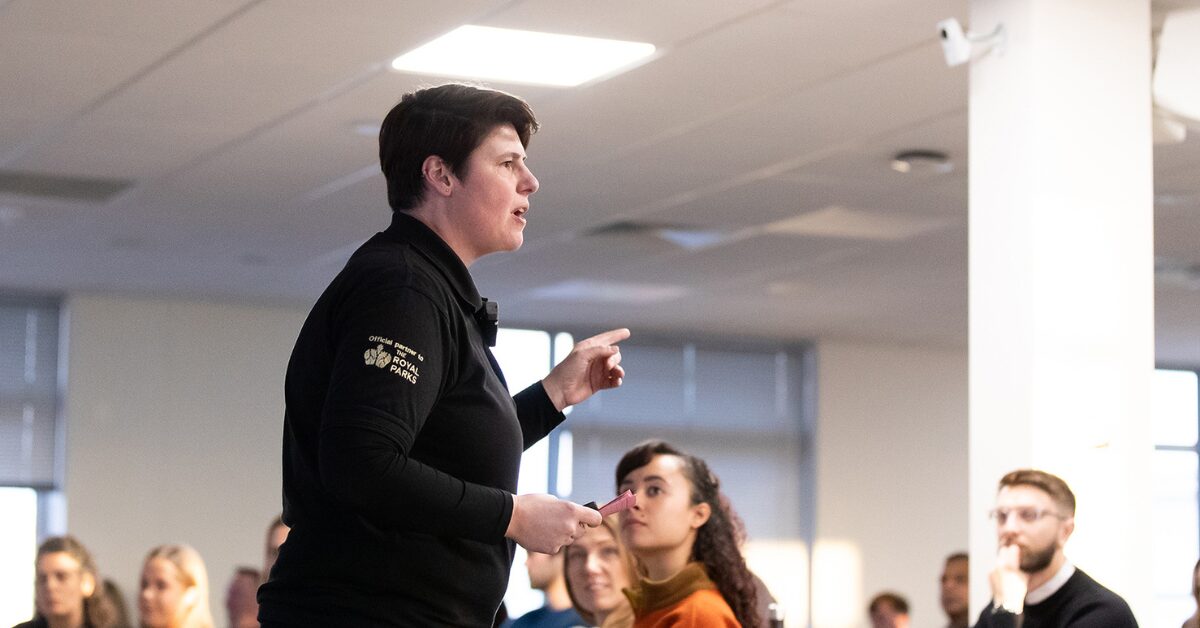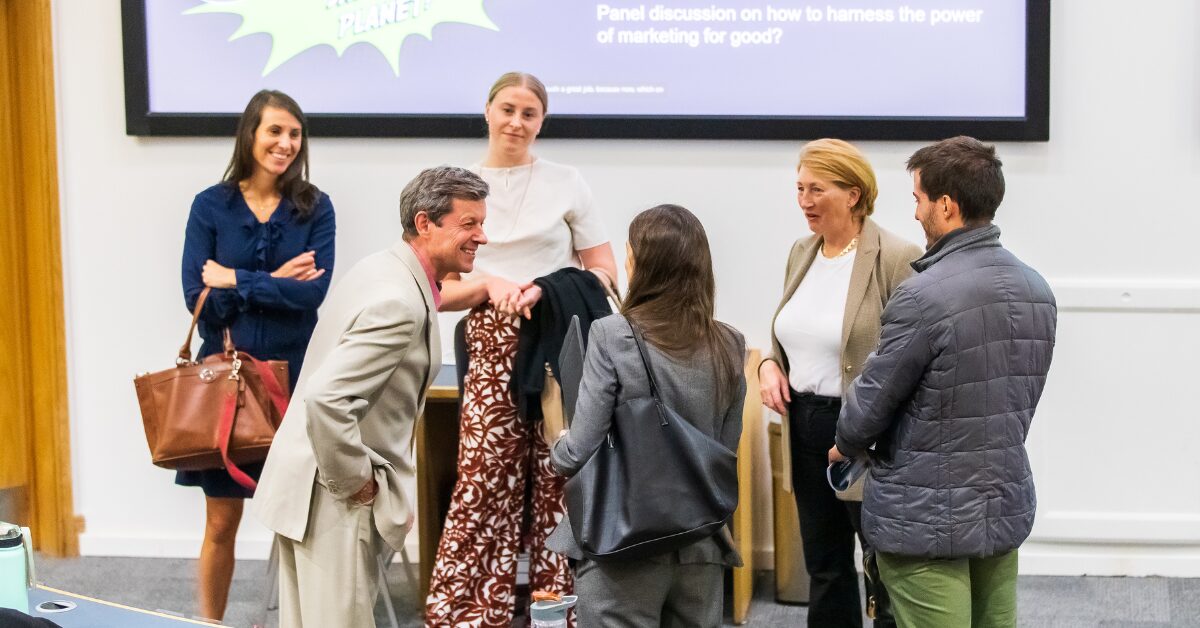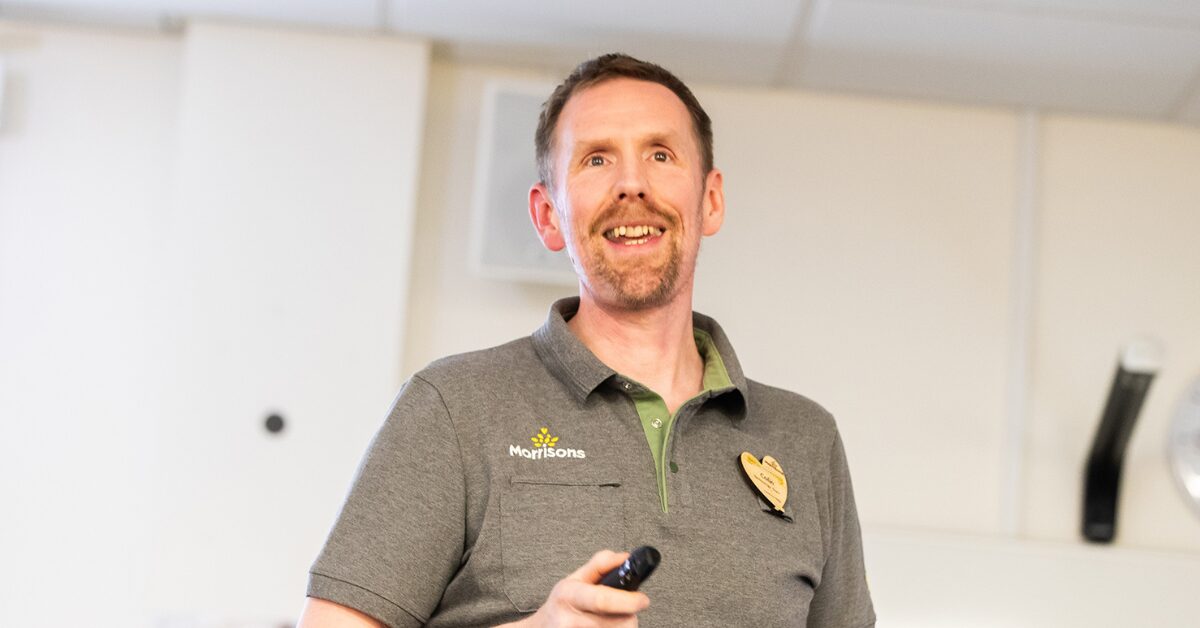Reducing aircraft emissions: is easyJet’s hybrid plane the answer?
02/02/2016

As part of the strategy of reducing its carbon footprint, easyJet, Europe’s leading airline, has unveiled plans for a revolutionary zero-emissions hydrogen fuel system for its aircraft which could save around 50,000 tonnes of fuel (and the associated CO2 emissions) every year. The airline has taken inspiration from some of our students here at Cranfield University, who were asked to develop ideas for what air travel might look like in twenty years’ time, as part of a competition to celebrate easyJet’s 20th birthday in last year.
Reducing emissions before take off
There are benefits to be gained from using electrically powered motors mounted on the main landing gear wheels for taxiing. There are several positive effects resulting from taxiing the aircraft in this way, instead of by the conventional method of running the main engines to produce thrust. These benefits include reduced noise, fuel-burn and CO2 emissions at the airport. This so-called Green Taxi System (GTS) is widely proposed to be powered by up-rating the aircraft’s existing Auxiliary Power Unit (APU) gas turbine.
However, this kind of GTS adds mass to the aircraft systems, and causes increased fuel burn in flight. Cranfield design studies have suggested that for a short haul aircraft (which spends a relatively high amount of the total mission taxiing), the fuel saving on the ground out-weights the extra fuel-burn in flight. Hence, a net fuel saving is possible and this warrants further investigation.
The next step would be to have a taxi system without any harmful emissions. Here, we could replace the APU with a fuel-cell, fed with hydrogen and oxygen to produce clean electricity, silently. Previous industry solutions have suggested that the APU could be replaced by a fuel cell, requiring major changes to the aircraft. This looks like a promising solution for the next generation of airliners, perhaps in the 2035 timeframe.
easyJet have proposed that rather than replacing the APU, an intermediate step can be taken by installing a fuel cell in a container in the cargo hold, to provide power when the aircraft is on the ground. This means that a zero emissions taxi system could be demonstrated in a much shorter timeframe. Low cost carriers like easyJet presently operate with relatively empty holds due to the preference for carry-on baggage over hold luggage. easyJet have today announced their commitment to taking this proposal forward, and I’m really looking forward to the prospect of collaborating on the project with the company and other potential partners.
Read more about the project at http://www.cranfield.ac.uk/About/Media-Centre/news-archive/news-2016/easyJet-reveals-concept-designs-for-hybrid-plane
Categories & Tags:
Leave a comment on this post:
You might also like…
Sustainability by royal request: Managing an event fit for a King
The Coronation of King Charles III on May 6th 2023, was watched by millions of people around the world with tens of thousands of people travelling to Central London to witness the pageantry firsthand. ...
Getting started on your Master’s thesis
Please note: This post is intended to provide advice to all students undertaking a thesis in the Schools of Aerospace, Transport and Manufacturing; Water, Energy and Environment, and Defence and Security. There is separate advice ...
Finding your tribe: “Joining the sustainability community was the best decision”
For students on Cranfield’s Sustainability Business Specialist Apprenticeship, community and camaraderie is a vital component for success. Designed in consultation with industry, the part-time Level 7 apprenticeship aims to deepen participants’ knowledge of the ...
“My sustainability studies gave me the confidence to take on Amazon”
Not everyone would have the confidence to challenge a big global power like Amazon but, for Colin Featherstone, Senior Technology Manager and Tech Sustainability Lead at Morrisons, his Cranfield studies equipped him with the ...
My Apprenticeship Journey – Broadening Horizons
Laura, Senior Systems Engineer at a leading aircraft manufacturing company, joined Cranfield on the Systems Engineering Master’s Apprenticeship after initially considering taking a year off from her role to complete an MSc. Apprenticeship over MSc? ...
The Library app is back!
The Library app is back! It's exactly the same as before (although it will get a fresh look in a few months) and if you hadn't removed it from an existing device it should just ...






